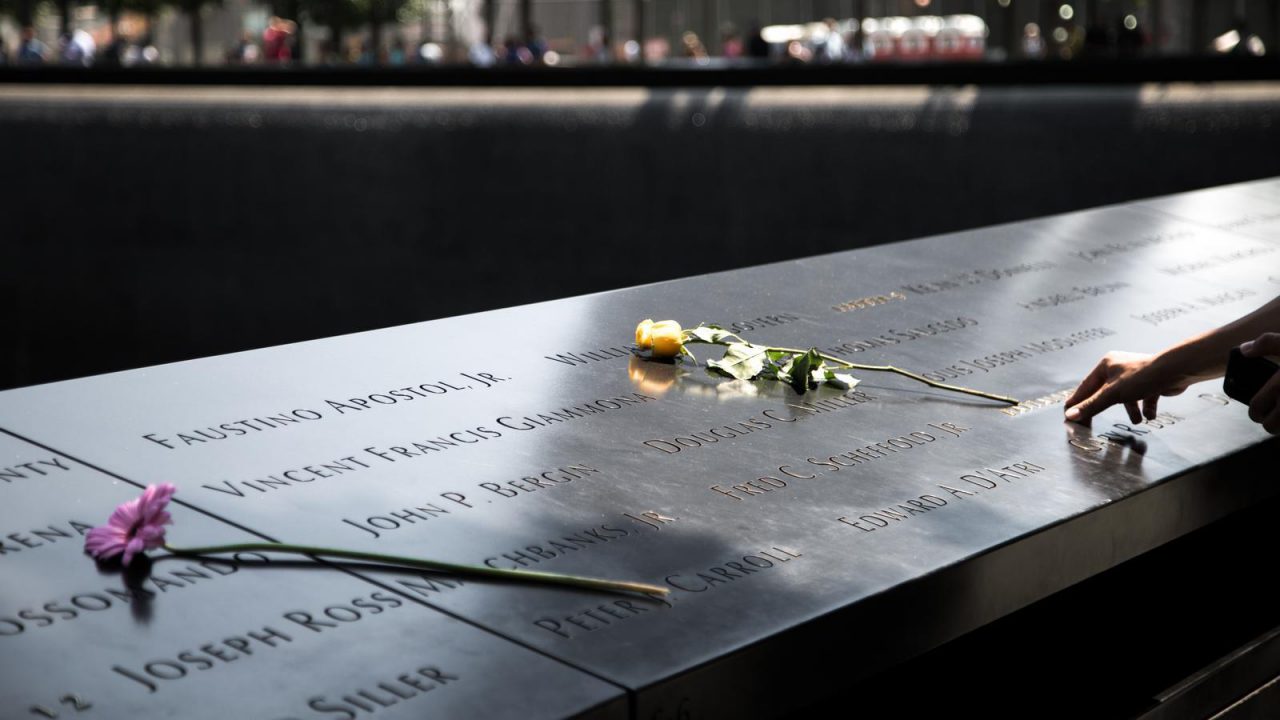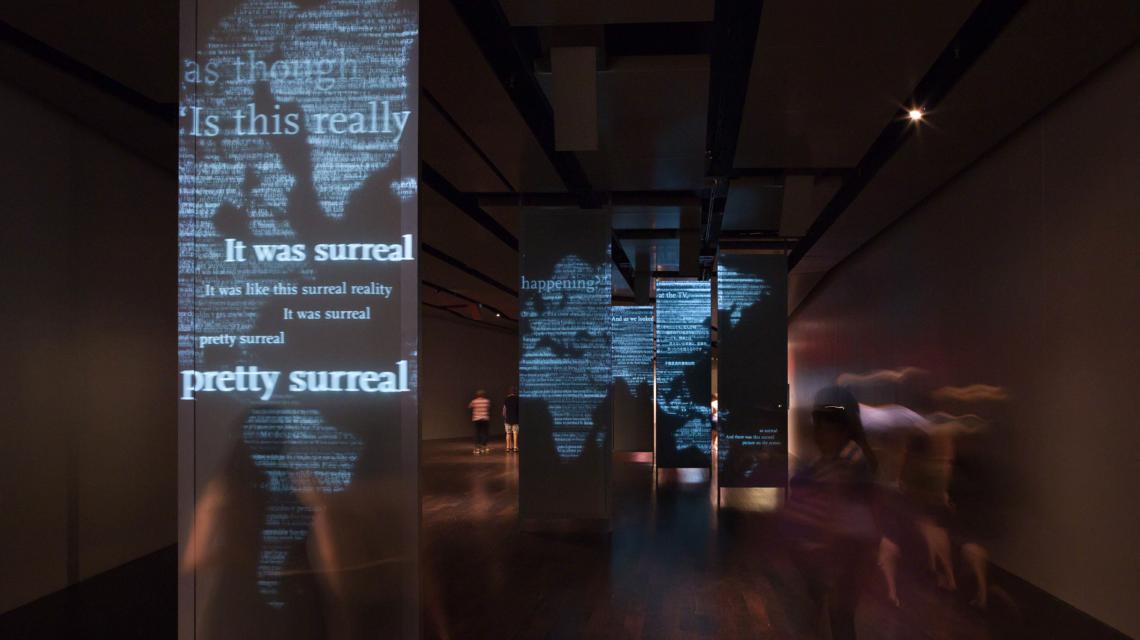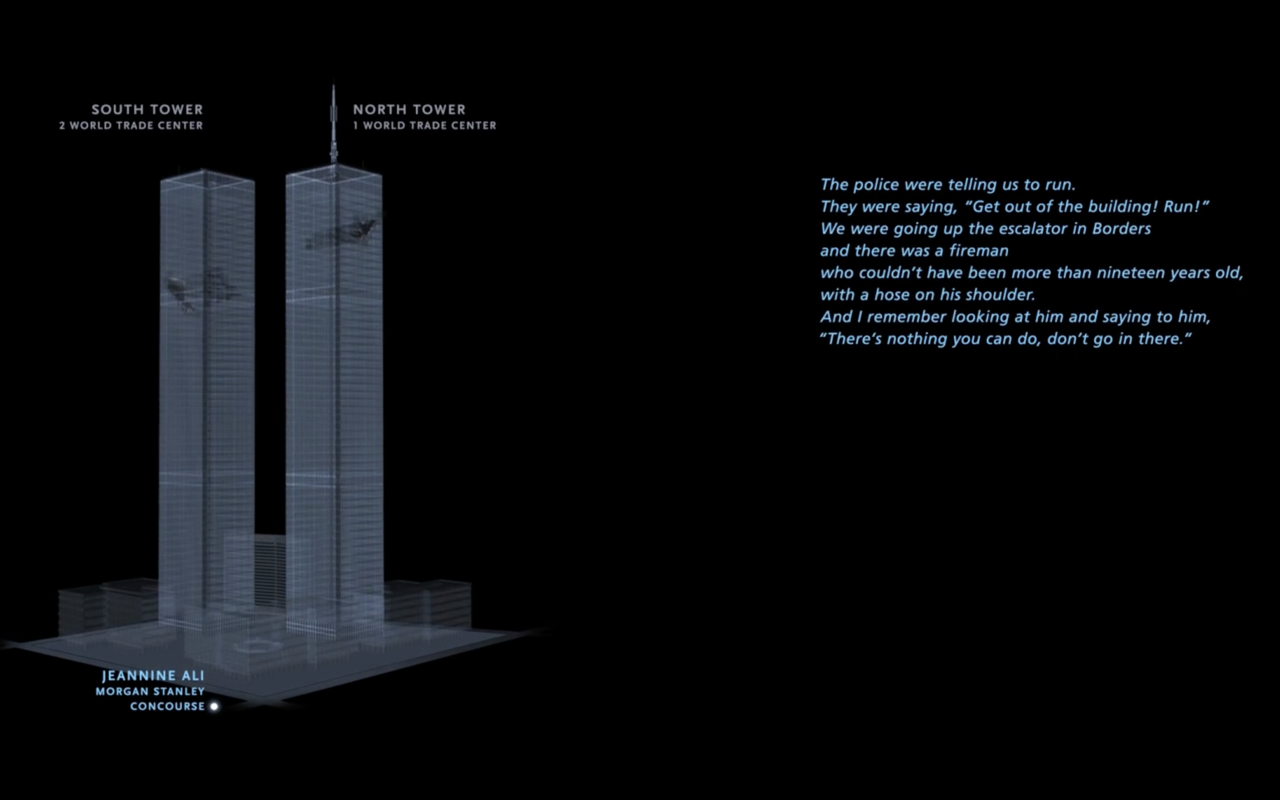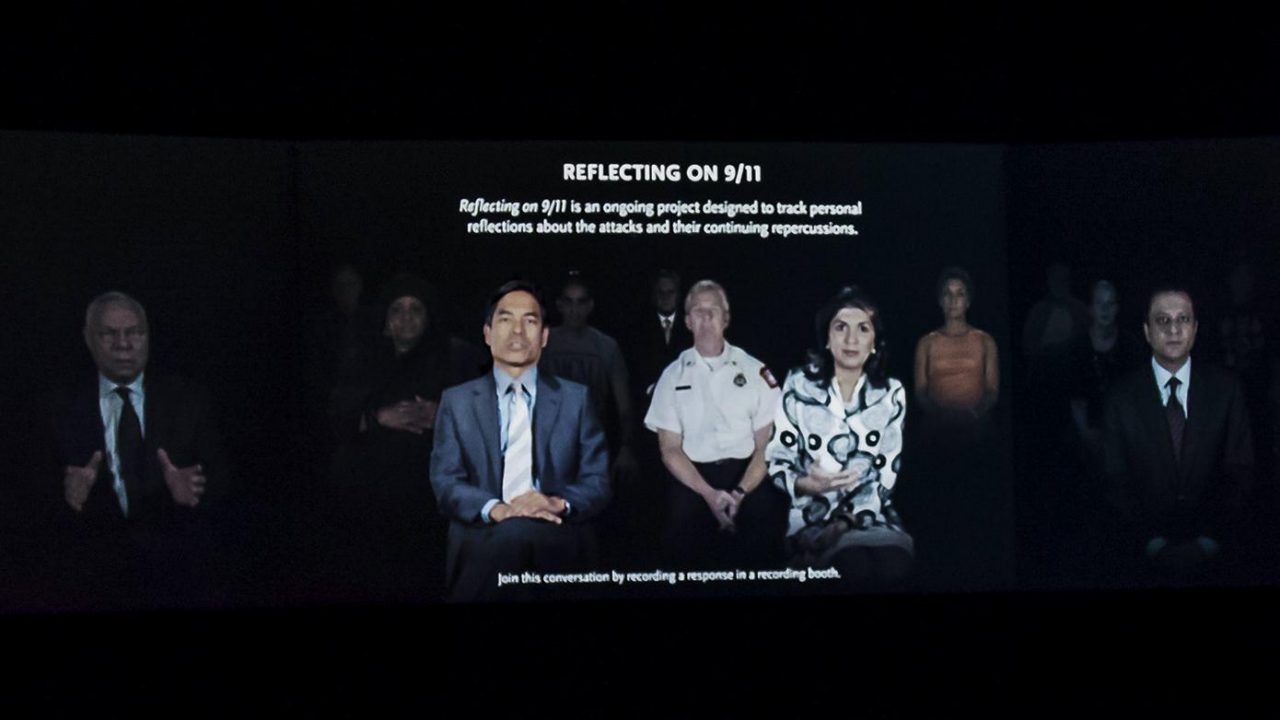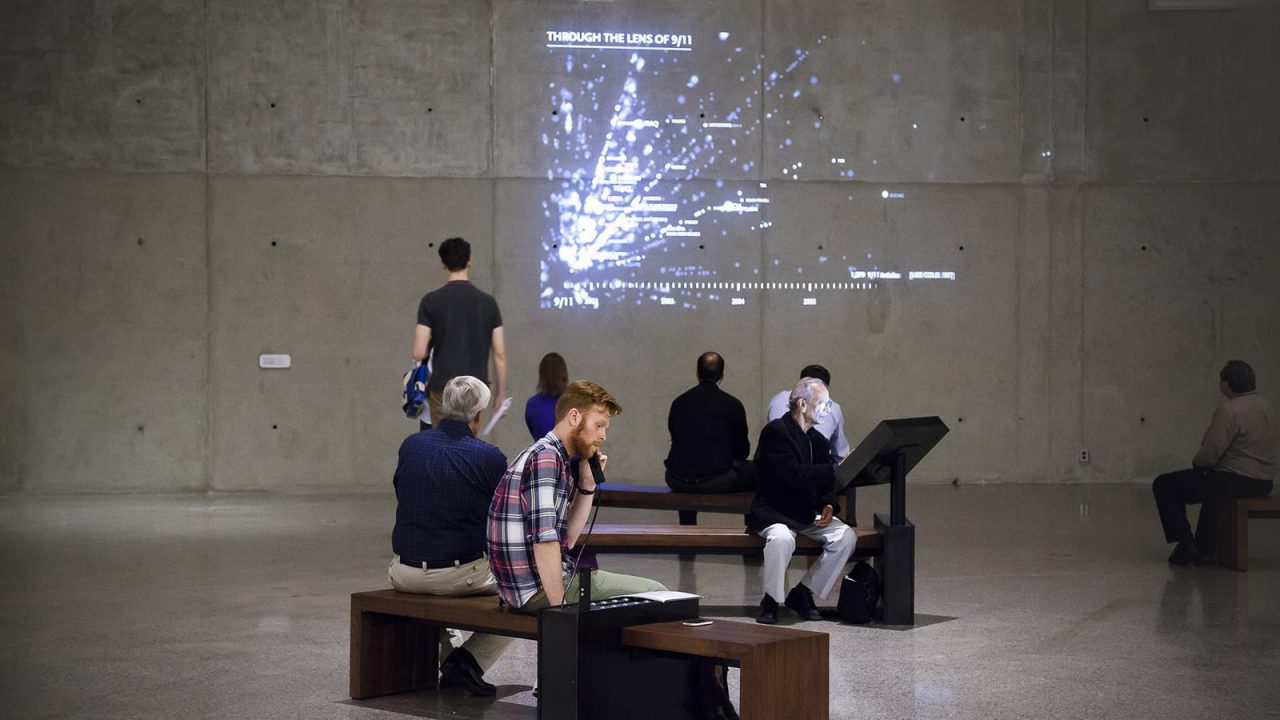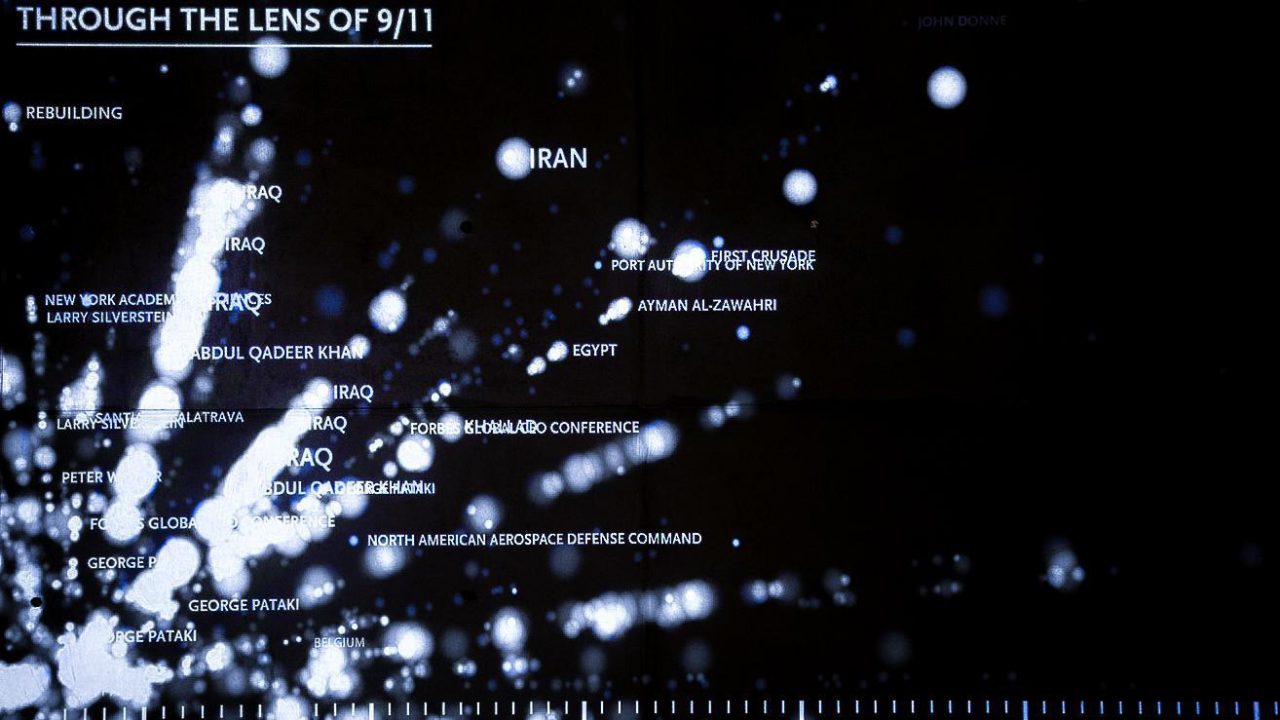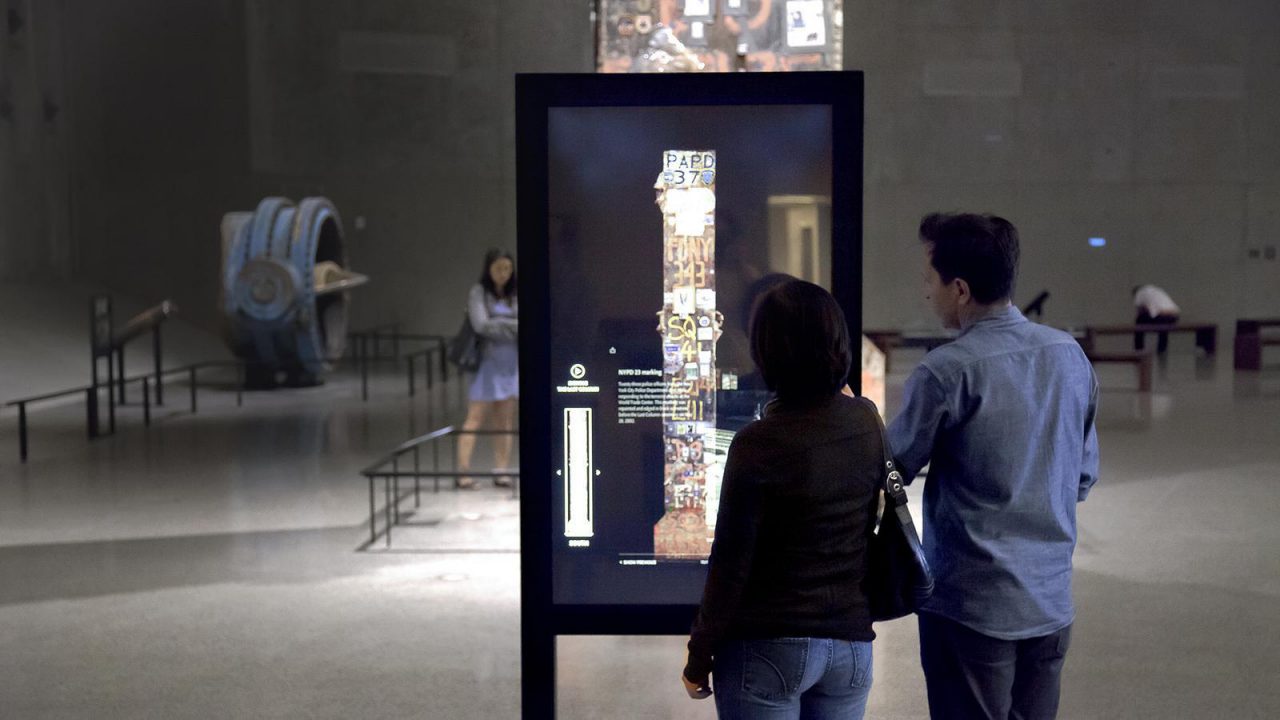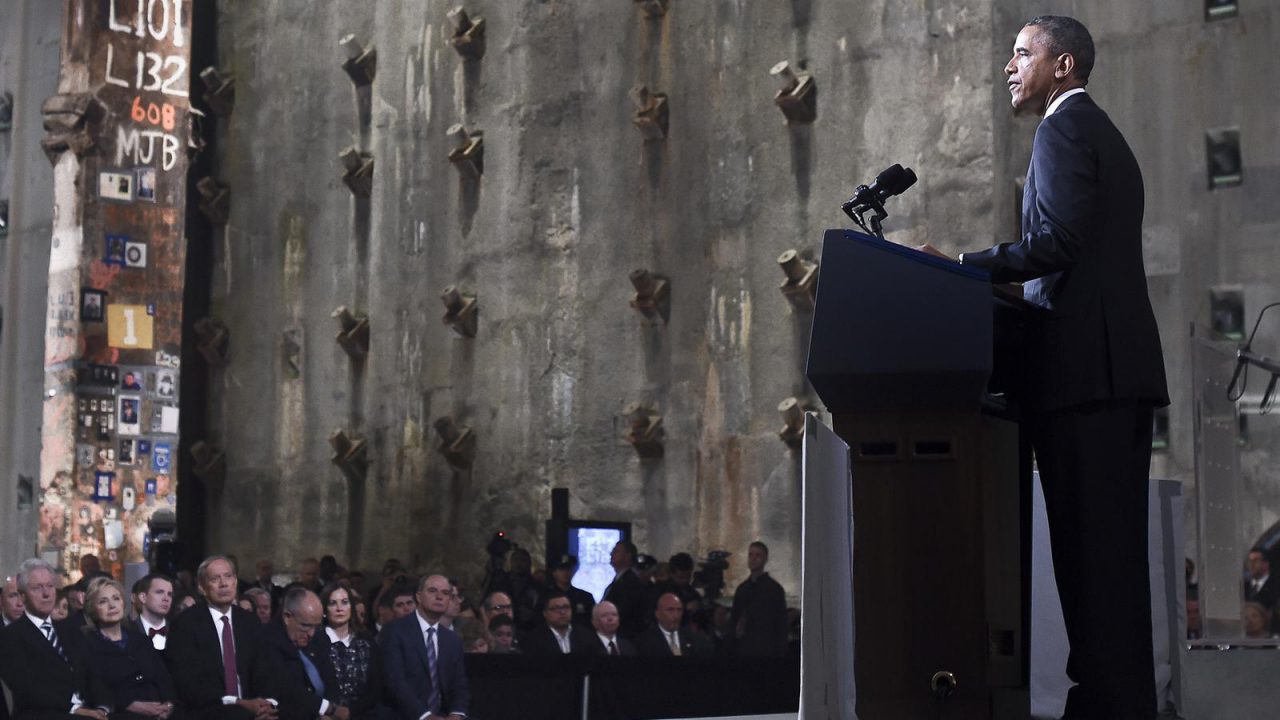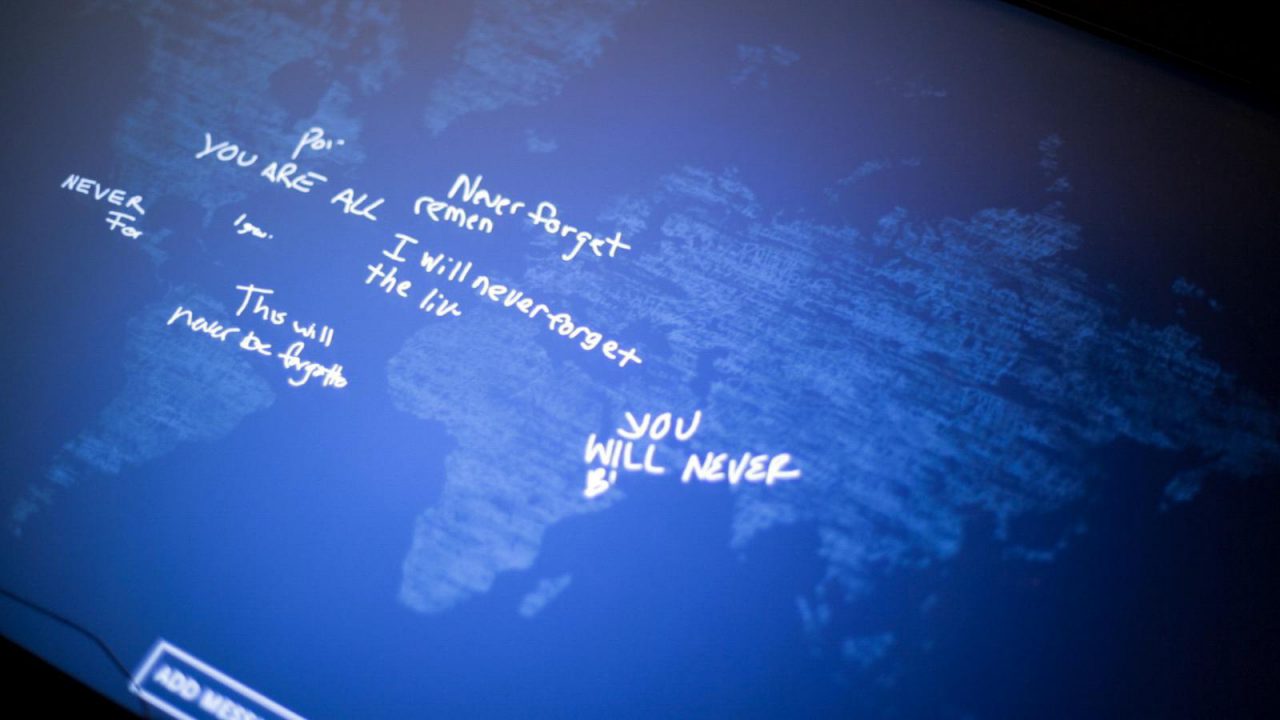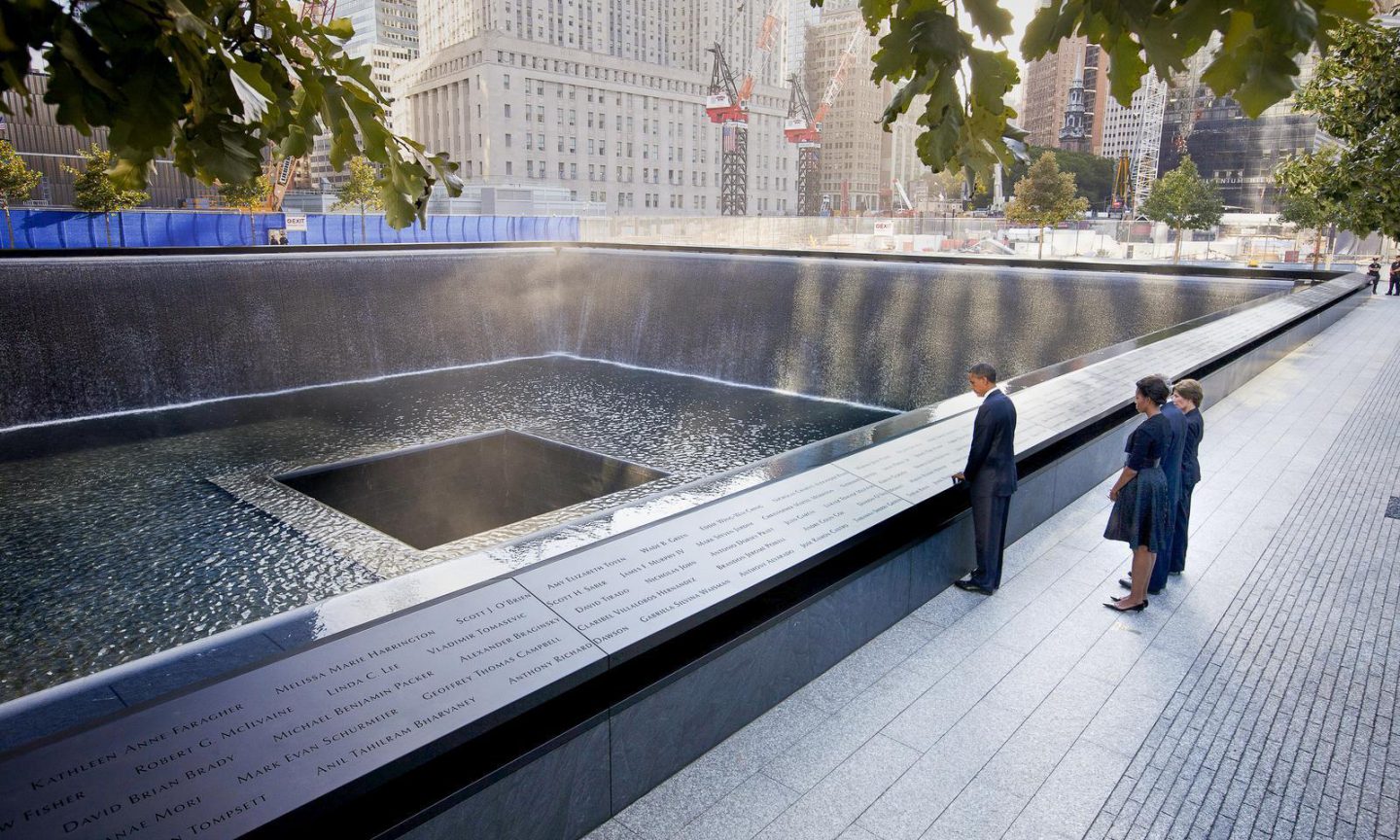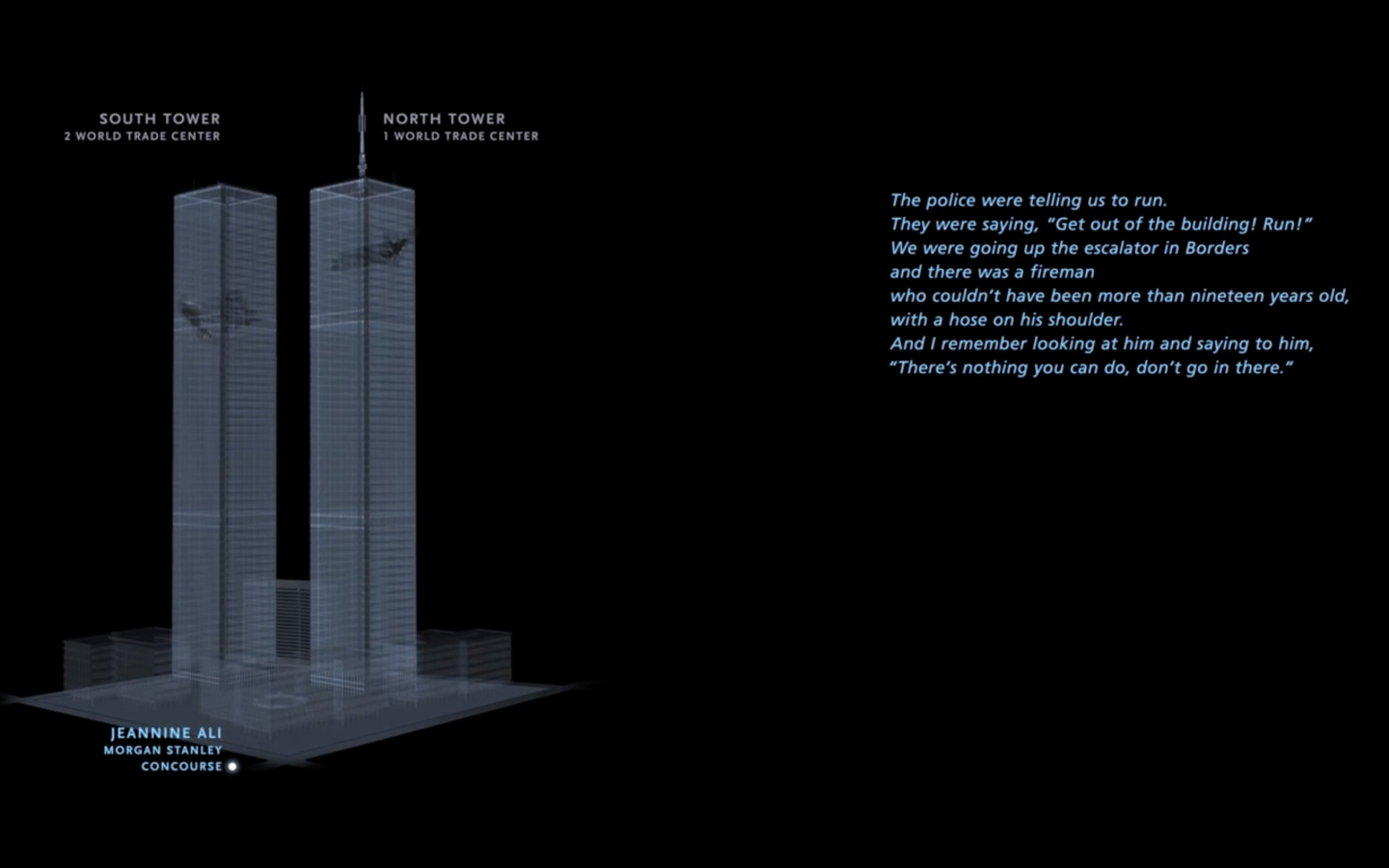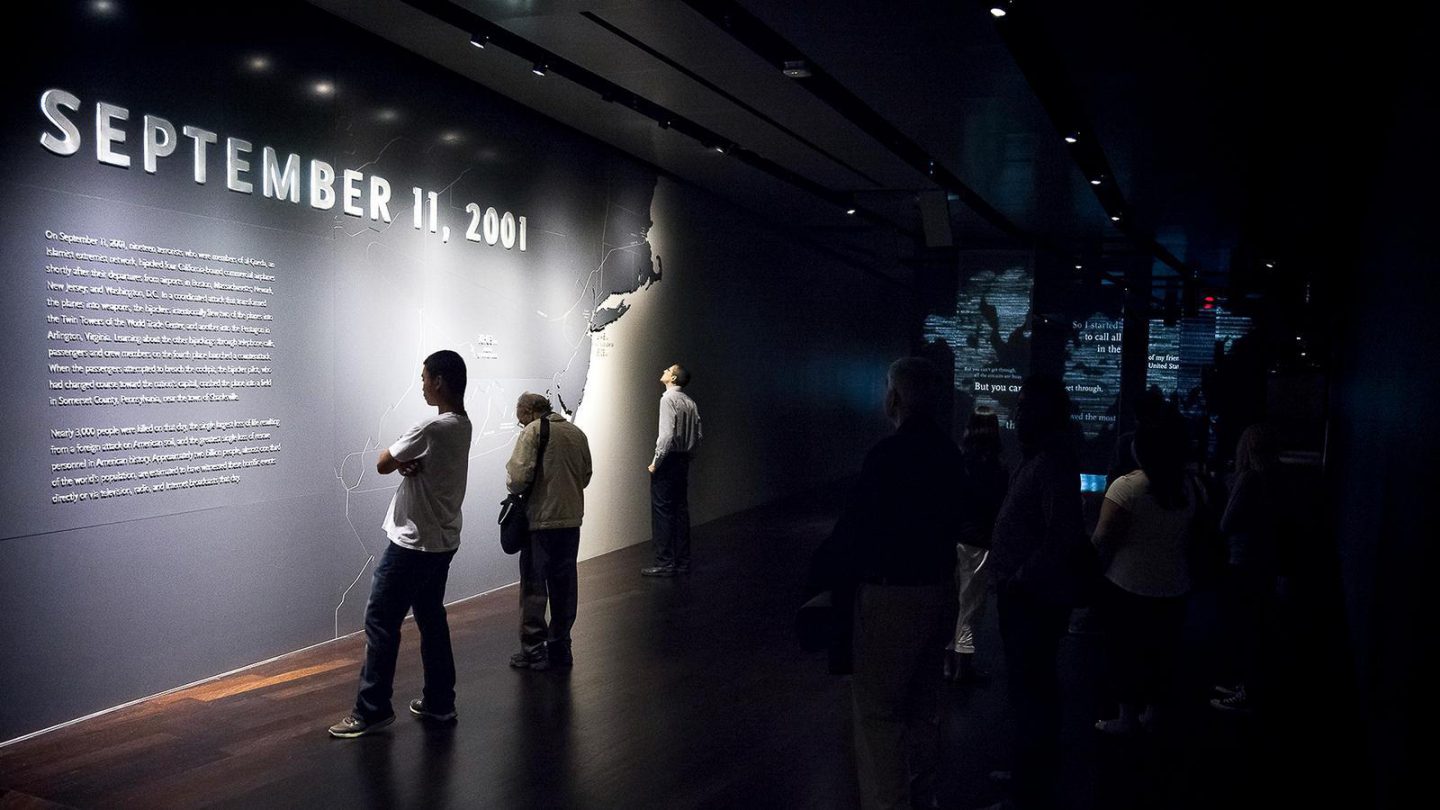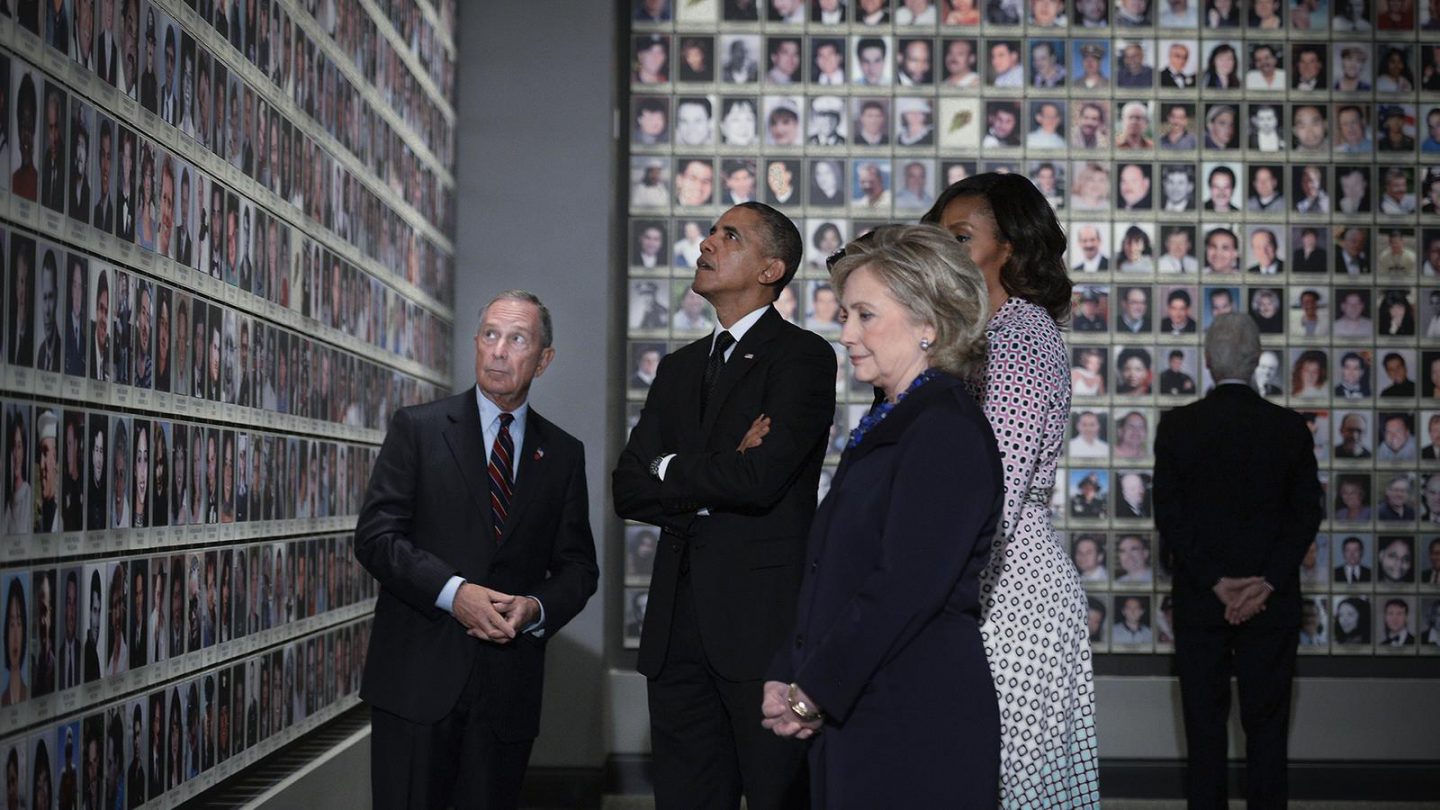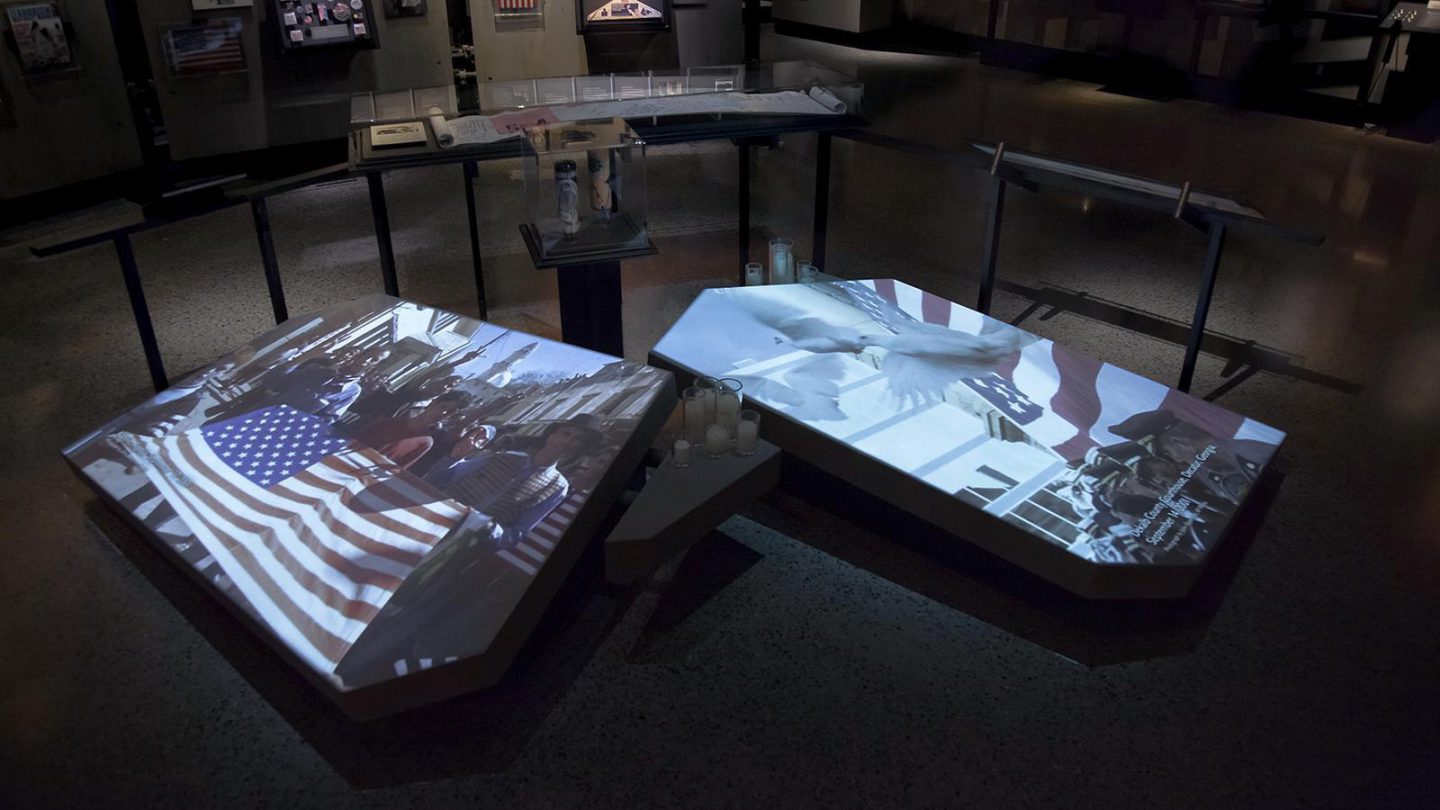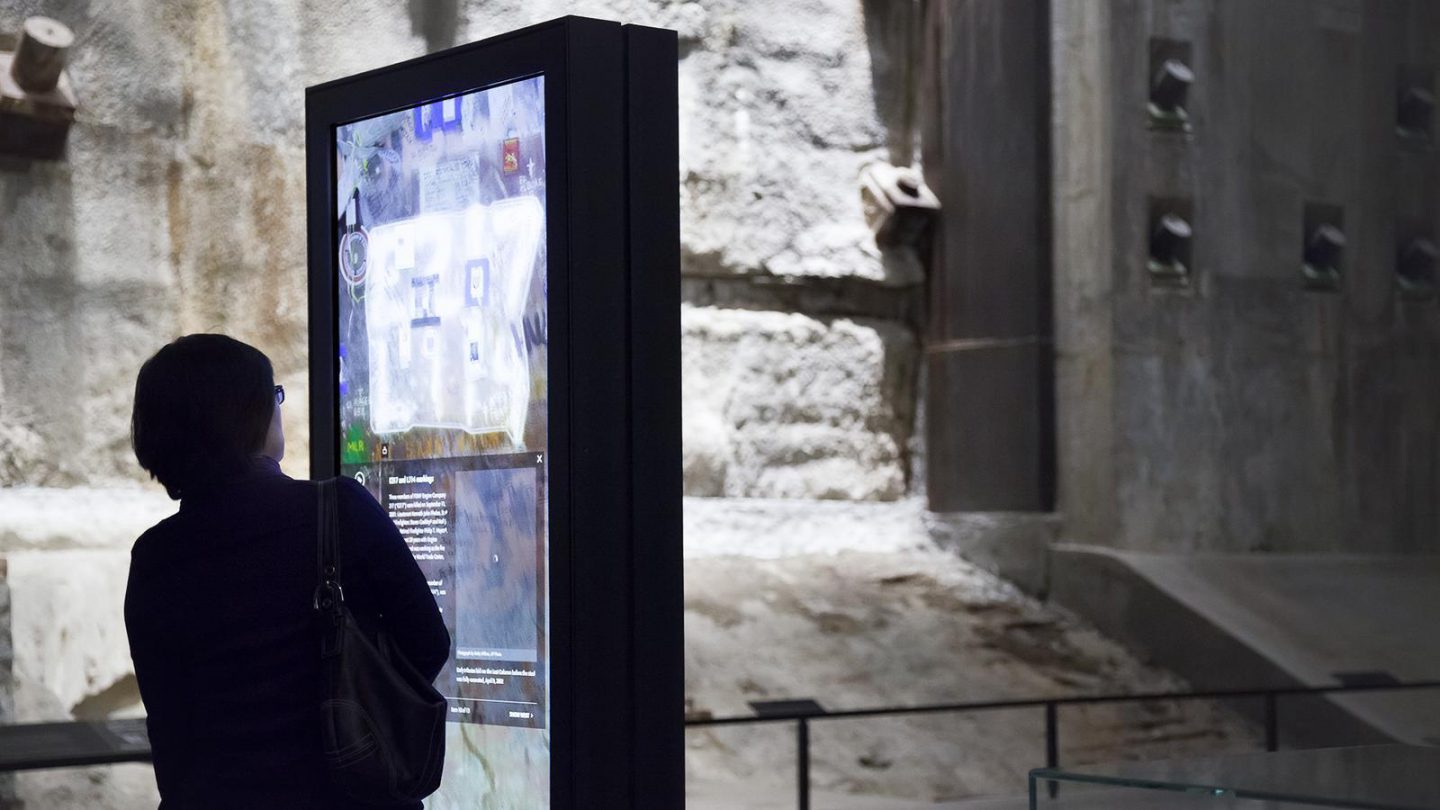Memorial & Museum Experience Design
Ensuring that as 9/11 passes into history, it remains a deeply human experience.
Overview
When the museum opened, its primary role was to help the world process a raw, collective trauma. Today, its mission has evolved: it must transmit that memory to a generation that never saw the towers fall. To ensure the tragedy doesn't fade into abstract history, we rejected the traditional curatorial voice in favor of a massive oral history platform. By building the experience entirely from first-person accounts–from survivors, first responders, and witnesses–we ensured that even as the event passes into history, the human feeling of that September morning remains immediate, visceral, and impossible to forget.
Partners
Thinc Design, Layman Design, Electrosonic, Underground Audio, NowArchival
Services
Experience Design, Media Design
“Spare and elegant, enveloping visitors with the personal accounts of people.”
The Details
When the museum opened, its primary role was to help the world process a raw, collective trauma. Today, its mission has evolved: it must transmit that memory to a generation that never saw the towers fall. To ensure the tragedy doesn't fade into abstract history, we rejected the traditional curatorial voice in favor of a massive oral history platform. By building the experience entirely from first-person accounts–from survivors, first responders, and witnesses–we ensured that even as the event passes into history, the human feeling of that September morning remains immediate, visceral, and impossible to forget.
